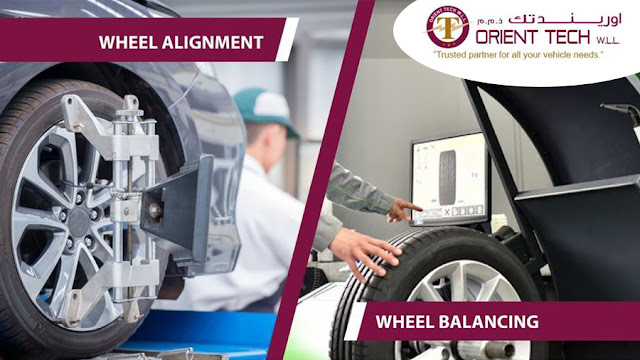How the Temperature and Climate Influences Tire Pressures
How the Temperature and Climate Influences Tire Pressures
The air in your tires is influenced by temperature. At the point when it's warm, the pressure is higher and when it's cooler the pressure is lower. The tires aren't what underpins the heaviness of your vehicle, it's the air in the tires, and it's typically kept at a temperature of around 32 PSI, or pounds per square inch. Indeed, we moved to the decimal standard years prior, yet a few estimates will remain everlastingly majestic. In any case, you may once in a while observe kPa for kilopascals.
Things that impact your tire pressure are:
Surrounding temperature, for example, what is the air temperature outside the tire
Tire temperature
Sun exposure
Leakage, i.e. puncture or natural leakage.
Vehicle producers make a proposal for tire pressures which as a rule is shown on a plate bolted to the B column (the one you'll check whether you open the front entryways). This pressure is identified with the sort and size of tire and the heaviness of the vehicle and is known as the cool swelling pressure since it is the pressure to utilize while expanding the tires when cold. So it is a recommendation that you buy from the best shops for Tyres In Qatar.
Change in tire pressure because of surrounding temperature changes
A chilly climate implies less tire pressure than a sweltering climate. Lower pressures increment the measure of the tire in contact with the street which builds fuel utilization. Lower pressure makes the sidewalls of the tires more adaptable and bargains hold and taking care of. It likewise implies that the tire distorts more because of the heaviness of the vehicle and this causes heat development in the elastic, decreasing its life.
For each diminishing of 1 degree Celsius, the tire pressure drops by around 0.19 PSI.
The temperature record high in Sydney is 45.8 degrees Celsius. Regularly, however, the everyday temperature may change 10-15 degrees, maybe 20 degrees most extreme. In the event that you fill your tires when the external temperature is 27 degrees, at that point take your vehicle out when it's 7 degrees around evening time, your tire pressure will have dropped altogether – by 3.8 PSI.
You may like: How to Drive Through a Tyre Burst? | Tires Available In Qatar
Change in tire pressure while driving
As the tires distort out and about as they turn on the road, it makes obstruction and a portion of this is transformed into heat. This makes the air in the tires extend and it builds the pressure by around 1 PSI for at regular intervals up to a limit of between 4-5 PSI. It's ideal to check and change your tire pressures after the vehicle has been sitting a few hours. Wet climate can alleviate this fairly as passing through water disperses the warmth.
Change in tire pressure because of direct sun exposure
The sun's impact on tire pressure can have up to 15% effect. Those dark tires in the blistering NSW sun ingest the warmth, giving it to the air inside.
Programmed tire pressure checking frameworks
Taking a gander at the various computations over it's conceivable to have a variety of 10 PSI. On the off chance that you fill your vehicle tires while they are cold on a chilly night then you drive it on harsh, dry streets at high speeds in the bursting sun you are including significantly more pressure.
Numerous vehicles accompany a tire pressure observing framework which shows a light on the dashboard if tire pressures are outside a predefined range.
How would you decrease the impact of temperature change on tire pressure?
To start with, check the pressure of your tires (counting your extra tire or space saver) consistently and you will at that point have the option to standardize them for the temperature. You could likewise fill your tires with nitrogen instead of air as this is less inclined to spill out through the elastic and isn't influenced as much by temperature.
Here are some links from where you can buy Tires in Qatar
Tires Qatar | Tire Supplier In Qatar | Car Tyre Wholesale Dealers Qatar | Buy Car Tyres In Qatar



Comments
Post a Comment